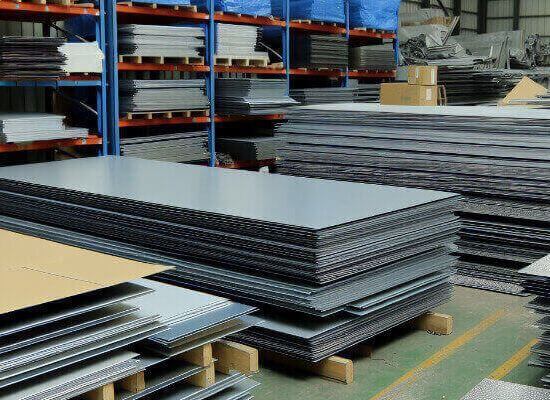Sheet metal fabrication working forms thin, flat metal sheets into various shapes by cutting, bending, stamping, and welding. Sheet metal working forms and shapes various metals, including brass, steel, copper, tin, titanium, and aluminum. Platinum, gold, and silver are used for decorative purposes. Sheet metal creates a wide variety of objects, from extremely thin foils to thick plates over 6 mm. The sheet metal’s thickness, called the gauge, ranges from 30 to 8. The gauge number is inversely proportional to the metal’s thickness.

Essentially, sheet metal workinghttp://www.mfgproto.com is the transformation or processing of sheet metal into functional parts by cutting, bending or stretching. This process can create holes and two-dimensional geometric cuts, while other forming processes can bend the sheet to different angles or create complex contours by stretching.
Manufacturers produce sheet metal from raw materials using a rolling process, resulting in standardized flat, rectangular sheets. If these sheets are thin and long, they come in the form of rolls. Therefore, the first step in sheet metal fabrication is to cut a “blank” of the desired shape and size from a larger sheet.
Industries such as construction, automotive, aerospace, consumer goods, furniture, and HVAC use components machined from sheet metal.